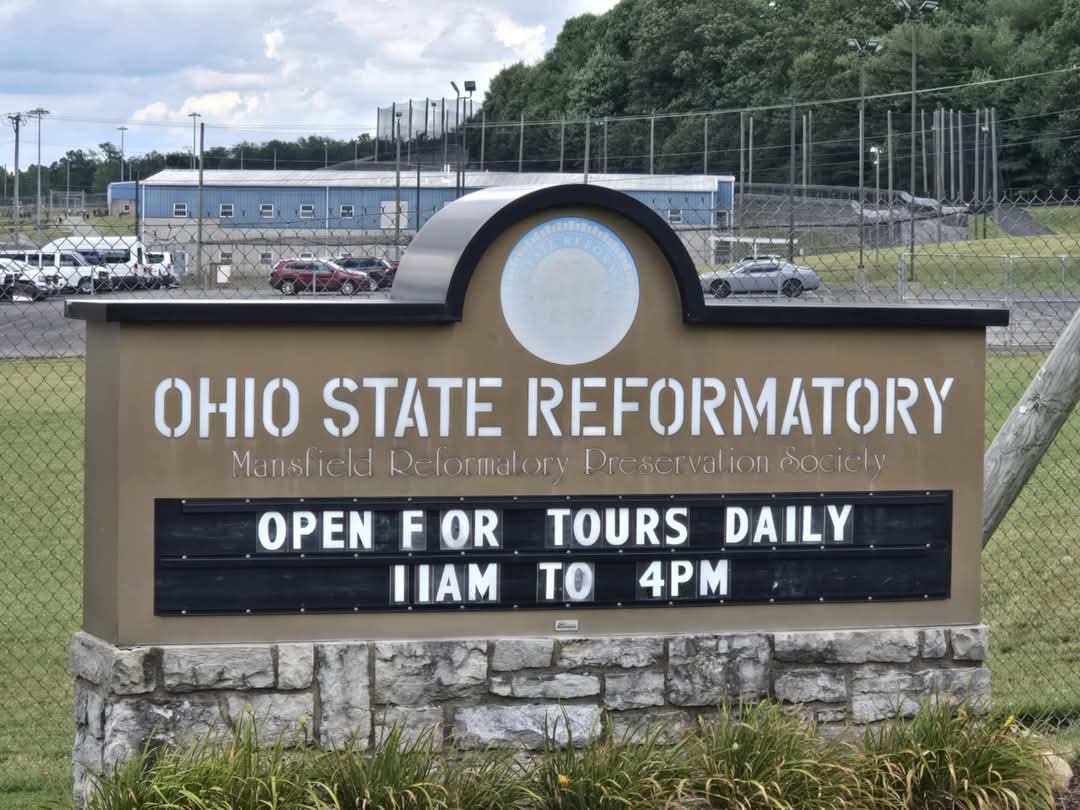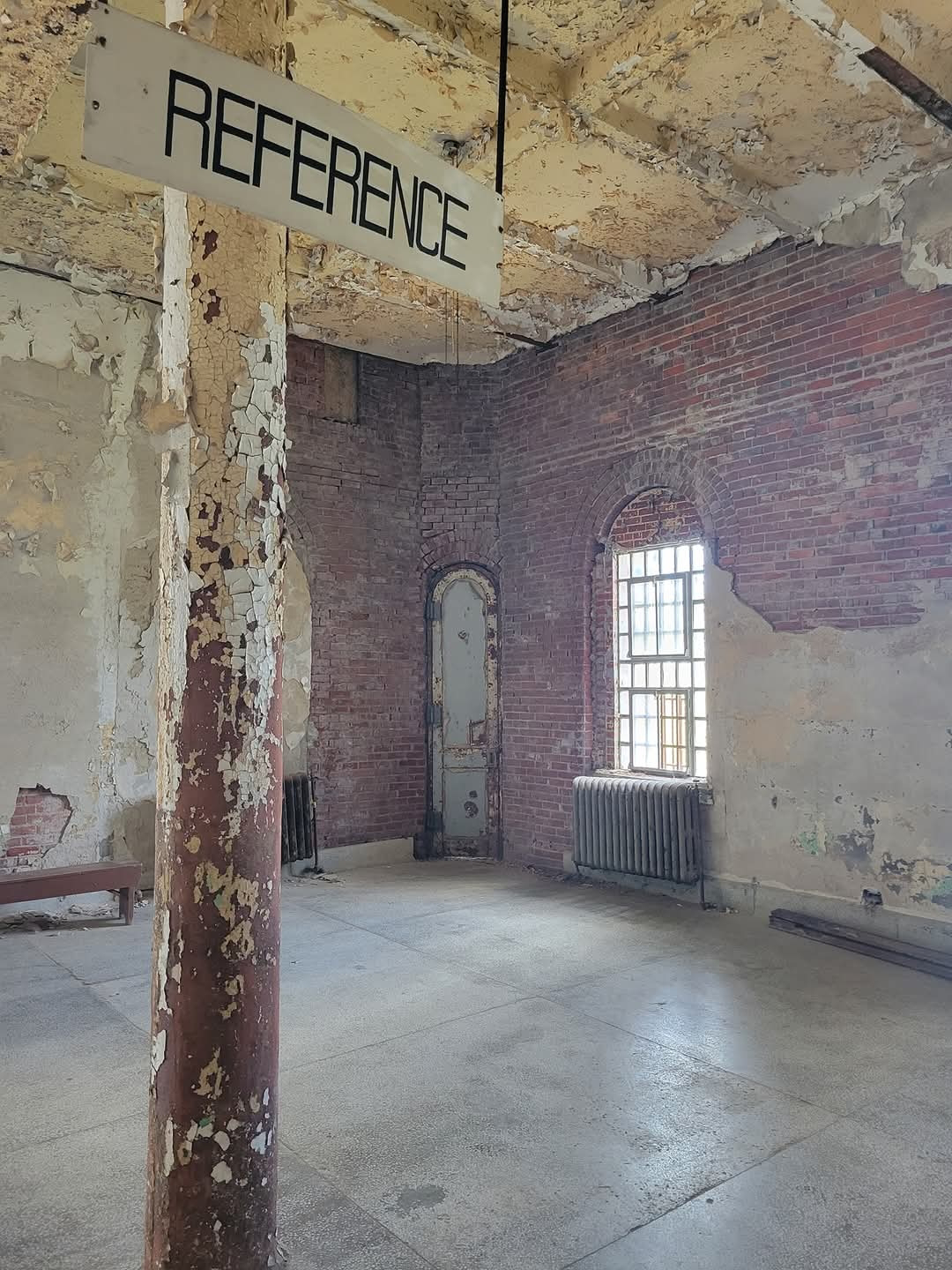The Ohio State Reformatory, an imposing structure with Gothic, Romanesque, and Queen Anne architectural influences, stands as a testament to both the aspirations and the harsh realities of the American penal system. Located in Mansfield, Ohio, the Reformatory's story begins in 1886 when construction commenced, driven by a vision of rehabilitation rather than mere punishment. Designed by architect Levi T. Scofield, the facility was intended to reform young, first-time offenders through a regimen of education, work, and discipline.
The Reformatory opened its doors in 1896, a grand edifice with its towering cell blocks and expansive corridors. Initially, it housed younger male inmates, with the aim of guiding them back to a life of productivity and morality. Over the decades, however, the noble intentions gave way to overcrowding, understaffing, and deteriorating conditions, mirroring the fate of many such institutions across the country.
By the mid-20th century, the Ohio State Reformatory had gained a reputation for its harsh environment. The original ideals of rehabilitation were overshadowed by reports of violence, corruption, and inhumane treatment. Despite these challenges, the Reformatory continued to operate, becoming an infamous part of Ohio's correctional system. By 1972, the prison ceased to function as a reformatory, and the inmates were gradually transferred to other facilities. The Ohio State Reformatory officially closed its doors in 1990, its future uncertain, its corridors silent but echoing with the past.
In the early 1990s, however, the abandoned prison found a new lease on life. The Ohio State Reformatory's striking architecture and haunting atmosphere caught the eye of filmmakers. Most notably, it became the primary filming location for the 1994 film "The Shawshank Redemption," based on Stephen King's novella "Rita Hayworth and Shawshank Redemption." The film, starring Tim Robbins and Morgan Freeman, would go on to become one of the most beloved movies of all time. The Reformatory, portrayed as Shawshank State Penitentiary, played a crucial role in bringing the story's oppressive and redemptive themes to life. The prison's eerie beauty and the powerful narrative it helped convey cemented its place in cinematic history.
Following the success of "The Shawshank Redemption," the Ohio State Reformatory became a pilgrimage site for fans of the film. The prison, once a symbol of punishment and reform, was transformed into a cultural landmark. The Mansfield Reformatory Preservation Society, formed in the early 1990s, took on the mission of preserving the historic site and offering tours to the public. Visitors from around the world now walk its corridors, exploring the cells, solitary confinement areas, and the chapel, all the while recalling scenes from the iconic film.
The Ohio State Reformatory's legacy is a complex tapestry of history and fiction, pain and redemption. It stands as a monument to the evolution of the American penal system and the power of storytelling. Today, it serves not only as a historical site but also as a reminder of the enduring impact of "The Shawshank Redemption," a story of hope and resilience set against the backdrop of one of America's most storied prisons. The Reformatory's transformation from a place of confinement to a beacon of cultural fascination underscores the profound ways in which history and art can intertwine, breathing new life into forgotten places.























